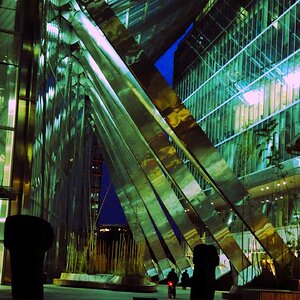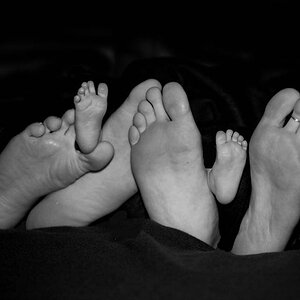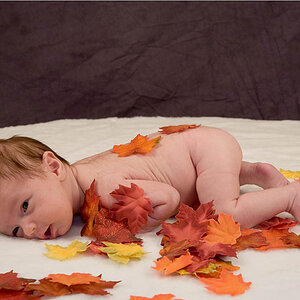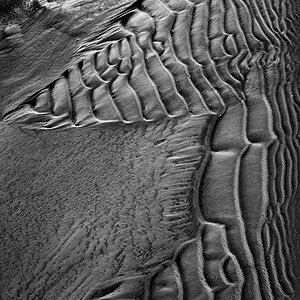fmw
No longer a newbie, moving up!
I think the problem is that two distinct winners have emerged in the DSLR end of the market and that takes some of the patina from some of the others. The same was true of 35mm cameras. I thought the Contax was one of the best 35mm camera systems one could buy, to say nothing of the amazing Leica R series SLRS but the big 2 still dominated. The Contax and Leica lenses were as good as any and better than some.
In medium format, Nikon and Canon don't even exist. This is the world of Hasselblad, Rollei, Mamiya and, yes, Pentax.
In point and shoot, I'm pretty sure both Olympus and Hewlett Packard outsell Canon and Nikon.
Worrying about the brands is silly, really. Look at the system and see how it suits your needs. Look at the support also. A Nikon pro photographer can belong to NPS. It's a big deal. It means very rapid repairs, the ability to borrow lenses, all kinds of things. It isn't available with companies that don't cater to pros nor should it be. So a pro might be drawn to Nikon where it wouldn't matter to an amateur. Look beyond the equipment itself
If there were a best brand for everyone, then there would only be one brand. Don't worry about sensors and lenses. Worry about the system overall and how it relates to what you want to do photographically.
In medium format, Nikon and Canon don't even exist. This is the world of Hasselblad, Rollei, Mamiya and, yes, Pentax.
In point and shoot, I'm pretty sure both Olympus and Hewlett Packard outsell Canon and Nikon.
Worrying about the brands is silly, really. Look at the system and see how it suits your needs. Look at the support also. A Nikon pro photographer can belong to NPS. It's a big deal. It means very rapid repairs, the ability to borrow lenses, all kinds of things. It isn't available with companies that don't cater to pros nor should it be. So a pro might be drawn to Nikon where it wouldn't matter to an amateur. Look beyond the equipment itself
If there were a best brand for everyone, then there would only be one brand. Don't worry about sensors and lenses. Worry about the system overall and how it relates to what you want to do photographically.











![[No title]](/data/xfmg/thumbnail/34/34593-f9e16dc135ec1fcde87624f30e703802.jpg?1619736568)


